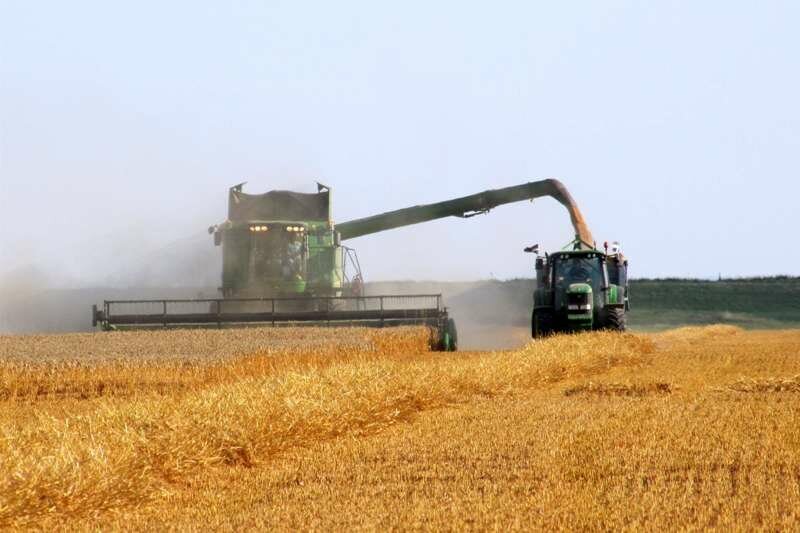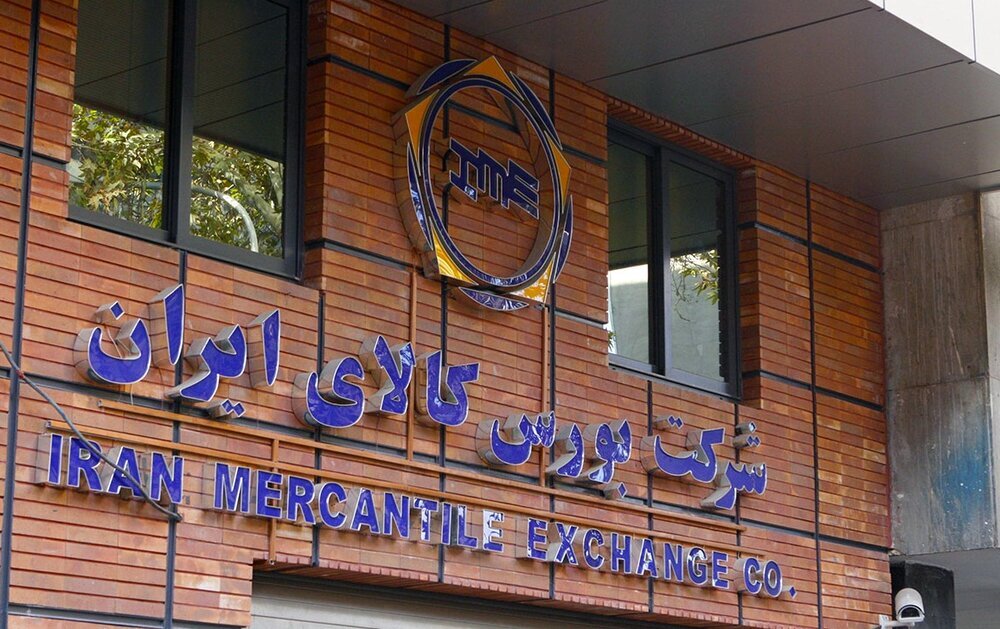LONDON (Bloomberg) –As OPEC and its allies prepare for another decision on oil output, the producers believe their defiantly cautious approach is paying off.
The coalition led by Saudi Arabia was widely criticized three weeks ago when it rebuffed calls to revive some of the crude production halted during the pandemic. Energy Minister Prince Abdulaziz bin Salman made clear that he wasn’t going to put his faith in predictions of a post-Covid rebound, saying he would only believe in the demand recovery “when I see it.”
Since then, fuel demand in the U.S. has shown strong signs of recovery. But a resurgence of the virus elsewhere has convinced the cartel it made the right call, according to several OPEC+ delegates who asked to speak anonymously. They predict the group will again refrain from significantly opening the taps when it meets on April 1.
“Prince Abdulaziz remains ever-concerned — he’s unwilling to say that Covid is in the rear-view mirror,” said Helima Croft, chief commodities strategist at RBC Capital Markets. “More likely than not, we’re looking at a Saudi rollover of their production cut.”
The Organization of Petroleum Exporting Countries and its partners will consider on Thursday whether to revive part of the 8 million barrels of daily output — about 8% of global supply — it’s withholding while fuel demand remains depressed.
The cartel’s intervention has helped to boost crude prices more than 20% this year even as the economic ravages of the pandemic continued. It has shored up revenues both for its members and a beleaguered global oil industry.
“OPEC is going to defend the price,” Torbjorn Tornqvist, chief executive officer of trading giant Gunvor Group Ltd., said in an interview. The group “would really like to see” Brent crude hold near current levels of about $65 a barrel.
Three weeks ago, it was under fire. The group’s surprise decision not to boost production, which was led by Prince Abdulaziz, was seen as an attempt to push up prices that could back-fire by hurting demand and encouraging OPEC’s rivals to invest in new supplies.
In the days after the March 4 meeting, Brent soared to $70 a barrel, prompting key consumer India to protest at the financial pain.
Yet the rally soon dissolved.
Europe reimposed lockdowns to contain a virulent strain of the coronavirus, while India and Brazil contended with worsening outbreaks. Crude purchases in Asia slowed as a lackluster tourist season failed to stimulate fuel demand. Meanwhile, oil supplies swelled as Iran ramped up exports to China in defiance of U.S. sanctions.
Within a week of hitting a one-year high, oil futures surrendered almost $10. Whatever Riyadh’s actual motivation had been, it’s strategy now looked less like a ploy to push prices higher than a prudent insurance policy against their collapse.
“The demand growth has been much slower to come back,” largely because of the re-emergence of the virus in Europe, said Gunvor’s Tornqvist. “The U.S. looks, actually, pretty good. But stocks are not coming down as fast as we thought.”
OPEC+ will discuss whether to revive part of the 1.2 million barrels a day of output it’s committed to returning to the market in installments this year. At the same time, the Saudis will review the status of an additional 1 million barrel-a-day cut they have been making since February to accelerate the process of clearing the lingering oil glut.
The kingdom has also pledged to restore this supply gradually, but gave no firm dates for doing so. Saudi Arabia also hasn’t yet finalized its position on whether to extend the current cuts, according to a delegate who asked not to be named.
With oil prices still significantly below the levels many OPEC nations need to cover government spending, delegates say the coalition is expected to tread carefully again on Thursday.
Favored Nations
If any barrels are added at this week’s meeting, they’re most likely to come from Russia and Kazakhstan.
At the past few gatherings, the two countries have been given special dispensation to make a headstart on restoring supplies, amounting to about 300,000 barrels a day between them.
Russia’s government doesn’t face the same fiscal need for high prices as the Saudis, so giving it the leeway to pump a little bit more while other nations maintain their restraint is seen as the price Riyadh must pay to ensure Moscow’s continuing co-operation, said Bjarne Schieldrop, chief commodities analyst at SEB AB.
“The group in total is probably fine with that,” said Schieldrop. The rest of OPEC+ “will hold production steady in May, given current physical oil market weakness.”
An increase from the wider 23-nation coalition is more likely later in the year. Oil demand is on the mend in the U.S., the biggest consumer, and already above pre-virus levels in China, the next-largest.
With the vaccine roll-out poised to allow economies to return to normal and accelerate consumption further, OPEC forecasts that the surplus of oil stockpiles accumulated during the depths of the pandemic will clear in the next few months. Long-term price gauges in futures contracts signal that inventories will tighten sharply in the second half of the year.
“China is recovering very, very strongly and other economies along with it,” said Jan Stuart, global energy economist at Cornerstone Macro LLC in New York. “At some point, possibly, the Saudis decide it’s important not to alienate the guys they depend on for growth.”
Riyadh and its partners could also face a little more urgency to restore idle production if legislation introduced in the U.S. senate last week to penalize OPEC for “price fixing” becomes law.
But such a turning point doesn’t seem to have arrived yet. Meanwhile, many of the group’s producers are warily watching diplomatic developments between the U.S. and fellow OPEC nation Iran.
While Tehran and Washington remain estranged, a renewed nuclear agreement between the two countries — sought by President Joe Biden — could lift sanctions on almost 2 million barrels a day of Iranian oil output and risk capsizing the market again.
“If this comes toward the end of the year, then it will be much easier to absorb,” Martijn Rats, oil strategist at Morgan Stanley, said in a Bloomberg television interview. “If this supply comes earlier, then OPEC will need to find a way to accommodate.”
Source: https://www.worldoil.com/news/2021/3/30/opec-members-foresee-little-change-in-oil-output-targets-on-april-1











